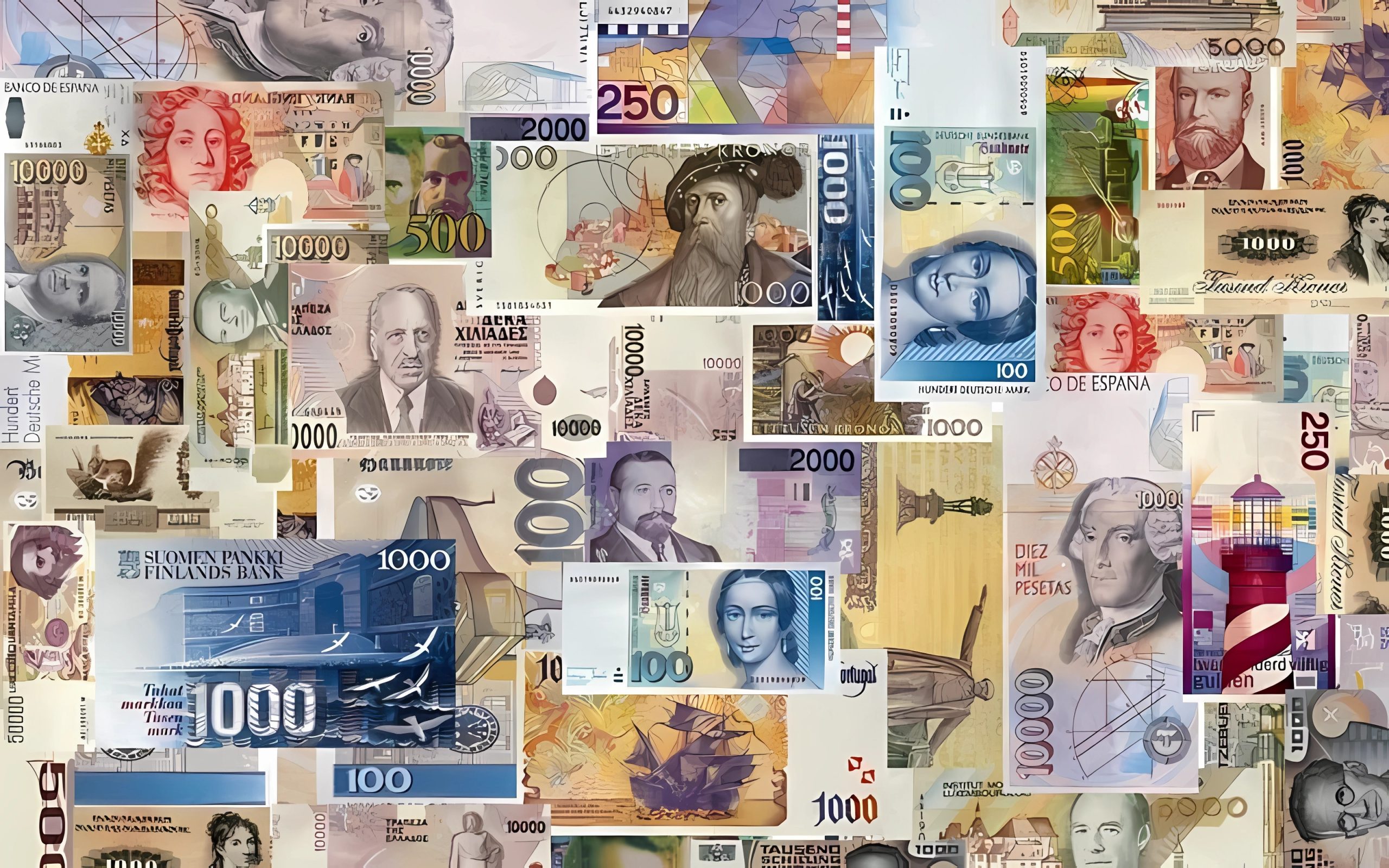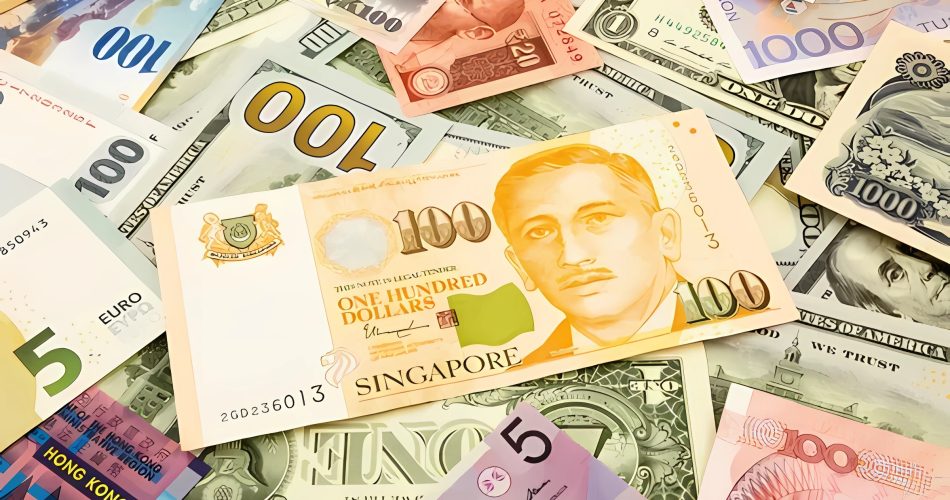In the vast and interconnected world of global finance, there exists a hidden realm of market oddities that often goes unnoticed by the average investor. These are the uncommon currencies, the lesser-known counterparts to the popular and widely traded currencies like the US dollar, euro, or yen. While these uncommon currencies may not be at the forefront of the financial news, they play a crucial role in certain economies and can present unique investment opportunities for those willing to dive into the unknown. In this article, we will take a deep dive into the mysterious world of uncommon currencies, exploring their origins, value, and the markets they operate in.
Uncommon Currencies: A Hidden World of Market Oddities

In a world dominated by major currencies, it’s easy to overlook the presence of uncommon currencies that trade in relatively small volumes. These currencies, often used only within their respective countries or regions, offer a glimpse into the rich diversity of global finance. From the Bhutanese ngultrum to the Iraqi dinar, each uncommon currency has a story to tell. These markets may not have the liquidity or stability of their more well-known counterparts, but they can present unique investment opportunities for those willing to take a closer look.
Exploring Unique Currencies: Unraveling the Unheard-of

To truly understand uncommon currencies, one must delve into their unique features and the markets they operate in. Some uncommon currencies, such as the Somali shilling, have a fascinating history of instability and hyperinflation. Others, like the Faroese króna, are tied to small and isolated regions with distinct economic challenges. Exploring these currencies allows us to uncover the various factors that shape their value, such as political stability, economic performance, and external influences. It also sheds light on the opportunities and risks associated with investing in these lesser-known markets.
Delving into the Unknown: Unearthing Uncommon Currencies

As we venture further into the unknown, we discover that uncommon currencies can be subject to unique factors that impact their value. For instance, some currencies, like the Cuban convertible peso, face restrictions and limitations due to political or economic sanctions. Others, like the Venezuelan bolívar, have been plagued by rampant inflation and economic turmoil. Therefore, investing in these currencies requires careful consideration and a deep understanding of the local economic and political landscape. However, for those willing to navigate the complexities, uncommon currencies can offer diversification and potential returns that may not be found in more traditional markets.
Beyond the Norm: A Detailed Look at Rare Market Currencies

When we take a detailed look at uncommon currencies, we begin to appreciate their intricate nuances. Some currencies, such as the Tuvaluan dollar, are issued by small island nations with unique economic structures and dependencies. Others, like the Malagasy ariary, have undergone significant changes in denominations and designs throughout their history. Exploring these rare market currencies not only provides valuable insights into different economic systems but also highlights the cultural and historical significance they hold for the countries they represent.
Unveiling the Unfamiliar: Unmasking Uncommon Currencies

Uncommon currencies often remain hidden from the average investor’s radar. They may not be easily accessible through traditional financial institutions or brokerage platforms, requiring specialized channels or platforms to trade. However, with the rise of digital platforms and increased interest in alternative investments, access to these markets is becoming more feasible for adventurous investors. Unmasking the unfamiliar and shedding light on the world of uncommon currencies can open up new possibilities for diversification and potentially higher returns for those willing to explore these uncharted territories.
While the major currencies take center stage in the global financial arena, the world of uncommon currencies offers a fascinating alternative perspective. These lesser-known currencies may not be widely traded or have the same level of stability, but they possess a certain allure for those seeking unique investment opportunities. By delving into their origins, value, and the markets they operate in, we gain a deeper understanding of the diverse and complex nature of global finance. So next time you find yourself exploring the investment landscape, don’t forget to consider the hidden world of uncommon currencies and the mysteries they hold.

